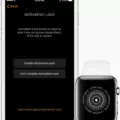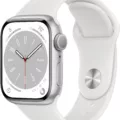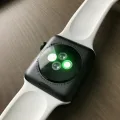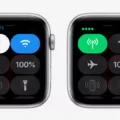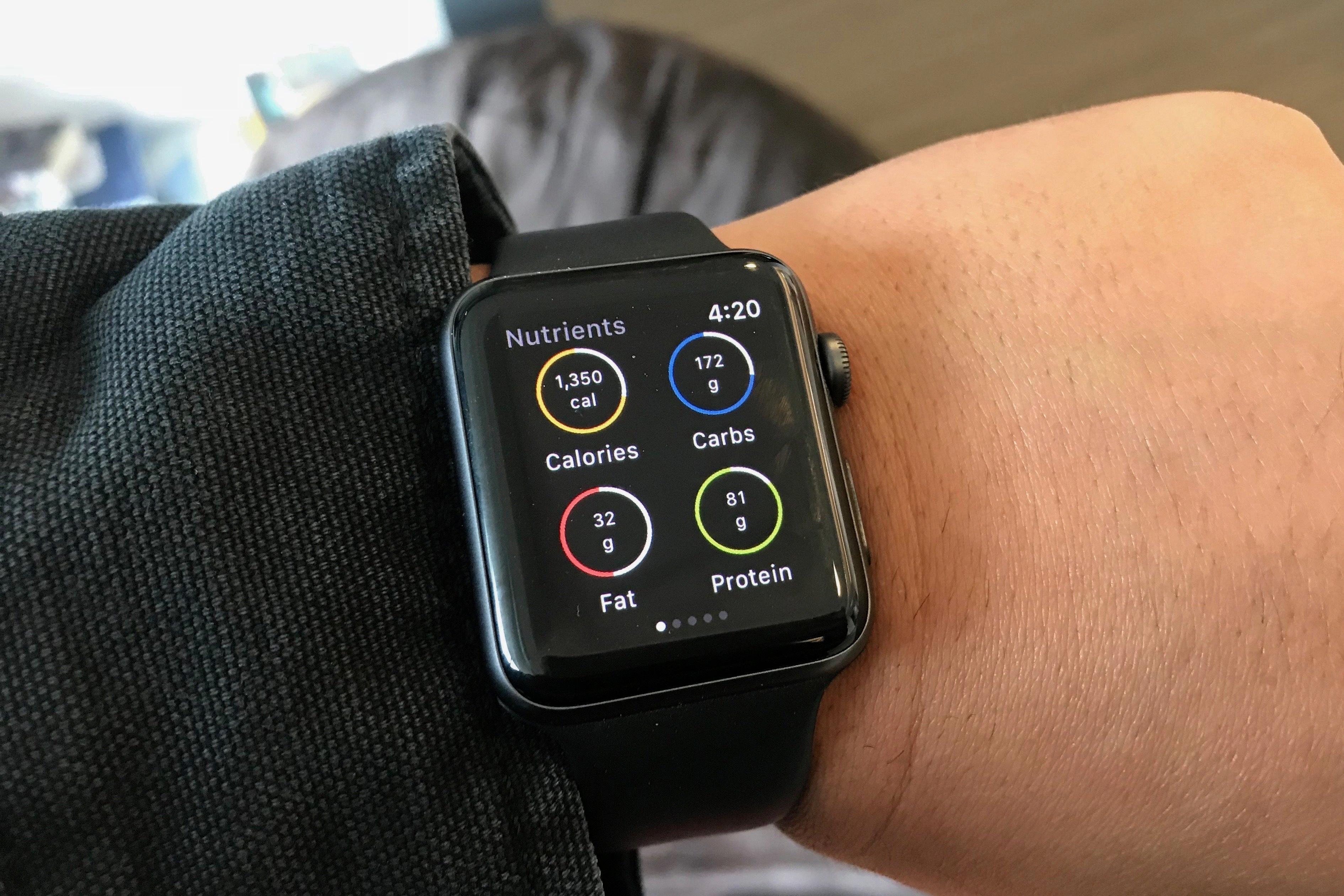Calculating your Basal Metabolic Rate (BMR) with an Apple Watch is a great way to get a better understanding of the calories you burn in a day. BMR is an important factor when it comes to maintaining a healthy lifestyle, as it represents the amount of energy your body needs to function whie at rest. Knowing your BMR can help you set more accurate nutrition and exercise goals, as well as ensure you are eating and exercising enough to maintain a healthy weight.
The Apple Watch offers several features that can help you accurately calculate your BMR. The Activity app on the watch allows you to track your daily activity, including the number of steps taken and active minutes. You can also use the Workout app to track more intense activities such as running or swimming. By tracking both active and passive activities, the Apple Watch is able to estimate how many calories are burned each day.
In addition, the more you run with the Workout app, the more Apple Watch learns about your fitness level—and the more accurately it can estimate how many calories you’ve burned during aerobic activities. This data is then used to calculate your resting metabolic rate (RMR), which will give you an idea of how many calories your body neds at rest in order to function properly. By subtracting this number from your total daily calorie burn, you can get an accurate estimate of your BMR.
Calculating BMR with an Apple Watch is easy and can be done with just a few taps on its screen. Tracking the data from both active and passive activities provides a much more accurate measure of how many calories are actually being burned each day, which makes it easier for users to set realistic nutrition and exercise goals for themselves. With this data in hand, users will be able to make better decisions regarding their health and fitness goals—all without ever having to leave home!
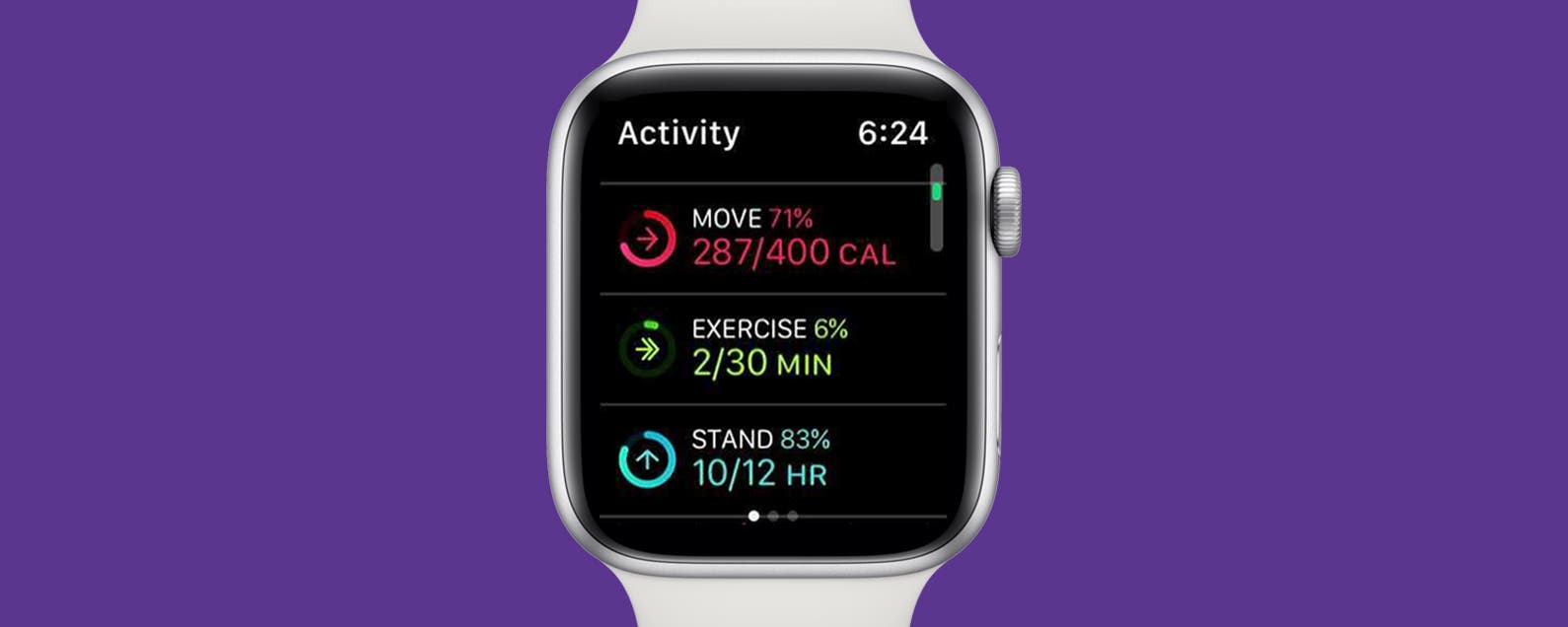
Finding Basal Calories on an Apple Watch
To find your basal calories on your Apple Watch, open the Activity app and select the Summary tab. You’ll see an overview of your daily activity, including your basal calorie burn. You can also check your basal calorie burn for previous days by selecting the History tab and scrolling down to view past activity summaries. To get a more detailed view, you can select any of the summaries to see a breakdown of how many calories you burned through different activities like exercise, walking and standing.
Comparing Resting Energy on Apple Watch to Basal Metabolic Rate
No, the resting energy on Apple Watch is not the same as Basal Metabolic Rate (BMR). Resting energy is an estimate of the number of calories burned by your body when you are not active. It takes into account your age, gender, weight, height and other factors that can influence calorie burn. BMR is a measure of the amount of energy your body needs to function whie at rest – even when you are sleeping or sitting still. BMR does not change with activity levels, whereas resting energy may increase or decrease depending on how active you are throughout the day.
Does the Apple Watch Track Resting Metabolic Rate?
Yes, Apple Watch does calculate Resting Metabolic Rate (RMR). RMR is an individual’s metabolic rate at rest and is used to estimate how many calories a person burns during aerobic activity. Apple Watch uses this information to accurately measure the number of calories burned during a workout by taking into account an individual’s personal fitness level. Over time, as you use the Workout app on your Apple Watch, it will learn more about your fitness level and be able to better estimate the amount of calories burned during aerobic activities.
Does the Apple Watch Track Basal Metabolic Rate?
Yes, the Apple Watch can measure basal body temperature. It has sensors located near the skin and under the display that are sensitive enough to detect changes of as lttle as 0.1 degrees Celsius. The device is able to take a measurement every five seconds throughout the night when the body is in its most restful state. This information can be used to identify patterns and trends in your health, allowing you to make more informed decisions about your well-being.
Accuracy of Apple Watch for Calculating Basal Metabolic Rate
Yes, the Apple Watch is accurate for BMR (Basal Metabolic Rate) calculations. The Apple Watch uses a combination of your age, gender, and size to accurately calculate the number of calories you use in a day. This calculation is based on scientific data that has been used in the medical field for many years. The indicators used by Apple are considered industry-standard and are reliable for calculating BMR. Additionally, you can use the Activity app on your Apple Watch to track your daily activity and compare it to what is recommended for your age and size. With this feature, you can ensure that you are staying active enogh to maintain good health.
Variability of BMR Measurement on Apple Watch
Your BMR (Basal Metabolic Rate) is the number of calories your body burns while at rest. It can vary slightly from day to day, depending on a variety of factors such as your age, weight, and activity level. The Apple Watch estimates your BMR using the information you prvide it; however, this estimate will not be perfectly accurate due to the complexity of the human body. Additionally, if you have been more active than usual in a given day, this can also affect your BMR calculation. Therefore, it is normal for your estimated BMR to fluctuate slightly from day to day.
Comparing the Accuracy of BMR and RMR
When it comes to measuring your metabolism, BMR (Basal Metabolic Rate) is more accurate than RMR (Resting Metabolic Rate). BMR measures the amount of energy you burn when your body is completely at rest, wile RMR takes into account all activities you do in a day, including sleeping.
The main difference between the two is that BMR only considers the energy that the body needs for basic functioning such as breathing, digestion and maintaining your body temperature. RMR adds in any physical activities like walking or exercising.
The BMR number is usually slightly lower than the RMR number as it doesn’t take into account any external factors like exercise or activity level. However, because it’s a more accurate measurement of metabolism at rest, it’s oten used to calculate daily calorie needs.
Overall, if you’re looking for an accurate measure of your basal metabolic rate and calorie needs, BMR is a beter choice than RMR.
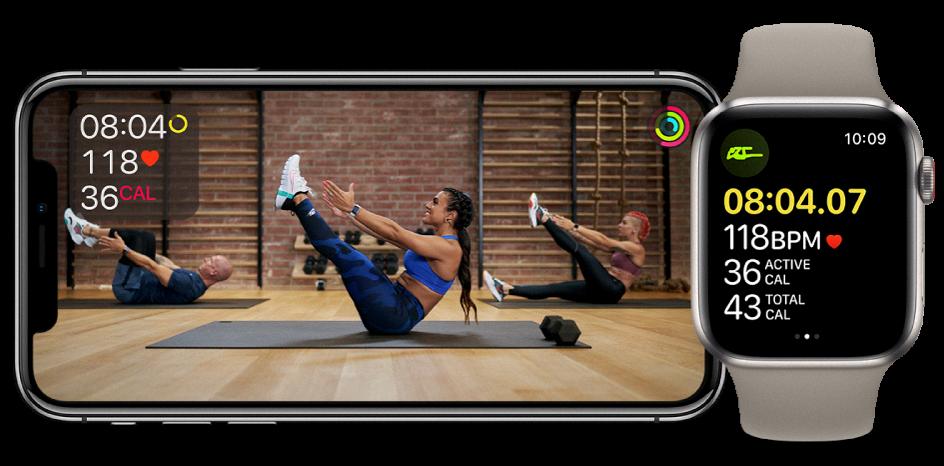
Source: support.apple.com
Conclusion
Calculating your BMR with an Apple Watch is a great way to get an accurate estimate of the number of calories your body needs to function while resting. By taking into account your age, gender, and activity level, the Watch can prvide you with an estimate of your BMR. Additionally, the more you use the Workout app on your Watch, the more it learns about your fitness level and can accurately calculate your calories burned during aerobic activities. Knowing your resting caloric needs can help you make informed decisions about how much energy you need to fuel a healthy lifestyle.

